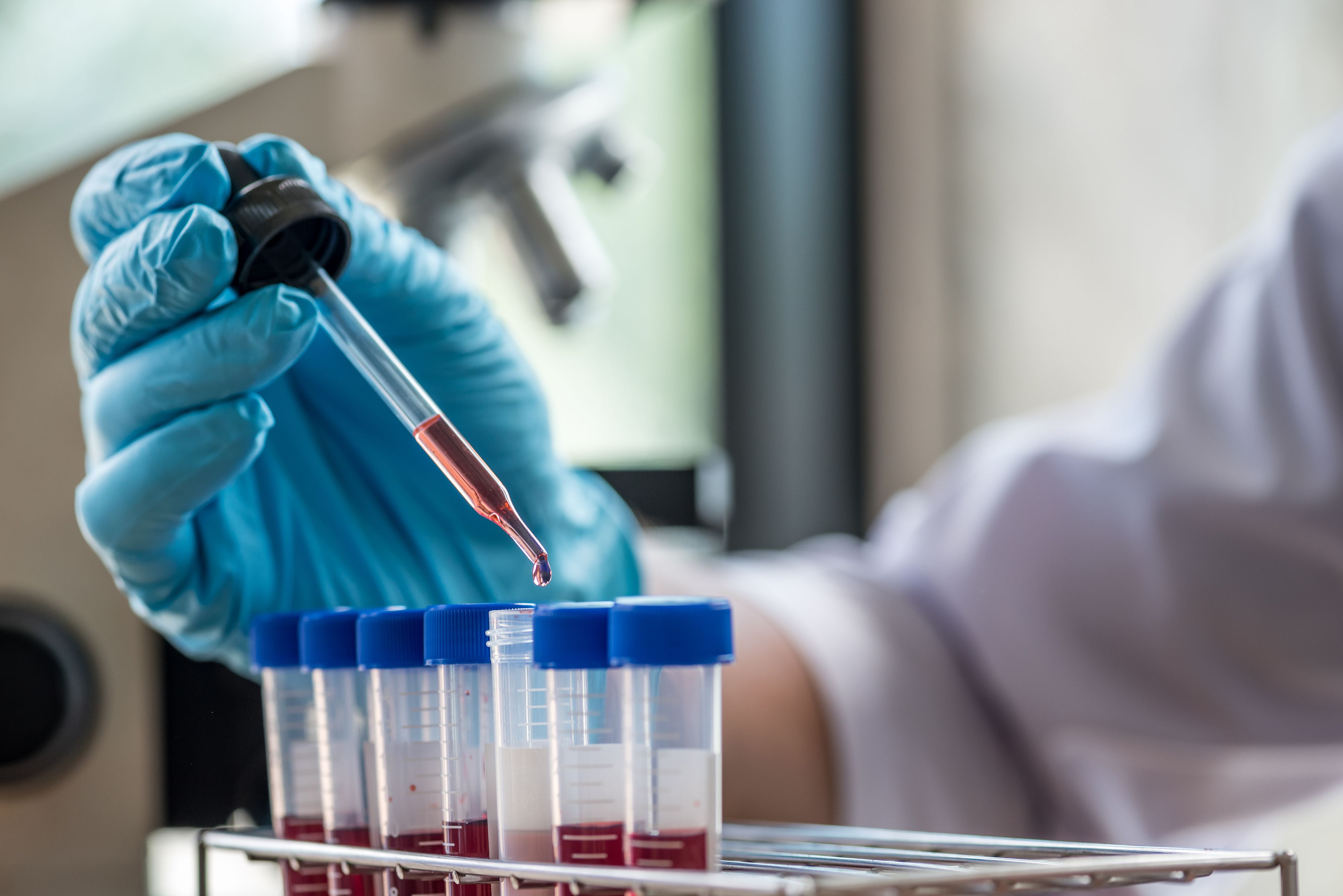Tracking the Lifespan of HIV Host Cells
Investigators noted 2 distinct phases of HIV virus levels, meaning any infected cells that survive treatment can become latent, only to reignite HIV infection after antiretroviral therapy is stopped.

A new study from Los Alamos National Laboratory sought to understand the dynamics of the cells that produce HIV.
A team of researchers from Johns Hopkins University School of Medicine, led by Robert Siciliano, MD, collaborated with the Theoretical Biology and Biophysics Group at Los Alamos National Laboratory to explore their hypothesis that HIV cells have varying decay rates.
The investigators used a mathematical model to simulate viral infection and treatment. They confirmed that virus levels declined in 2 phases, a fast phase followed by a second, slow phase. The 2-phase decline resulted from virus’s ability to infect 2 distinct HIV-producing cell populations.
The first rapid decline was due to the population that produced the majority of the virus only living for approximately 1 day. The model showed that when this population decayed, it triggered the first phase of viral decline in the blood.
The second cell population released the virus at a slower pace and lived for several weeks while producing HIV copies. It was this second cell population that, once lost, accounted for the second phase of viral decay.
The investigators took HIV-infected blood samples from 17 people on antiretroviral therapy (ART). Participants gave samples twice a month for the first 3 months after beginning ART, and then once a month for a year. They found that very few of the phase 1 short-lived HIV cells were circulating in the bloodstream, indicating that the cells may reside in tissues instead.
Cells in the blood with an intact HIV genome decayed with a half-life of approximately 2 weeks, likely the same phase 2 cells causing the second half of viral decay. After 3 months of ART, the participants’ remaining HIV-infected cells decayed at even slower rates, with an average half-life of 19 months. The investigators suspect these infected cells then become part of the latent-infected cell reservoir, meaning if ART is stopped, these cells may reignite the infection in just a few weeks.
